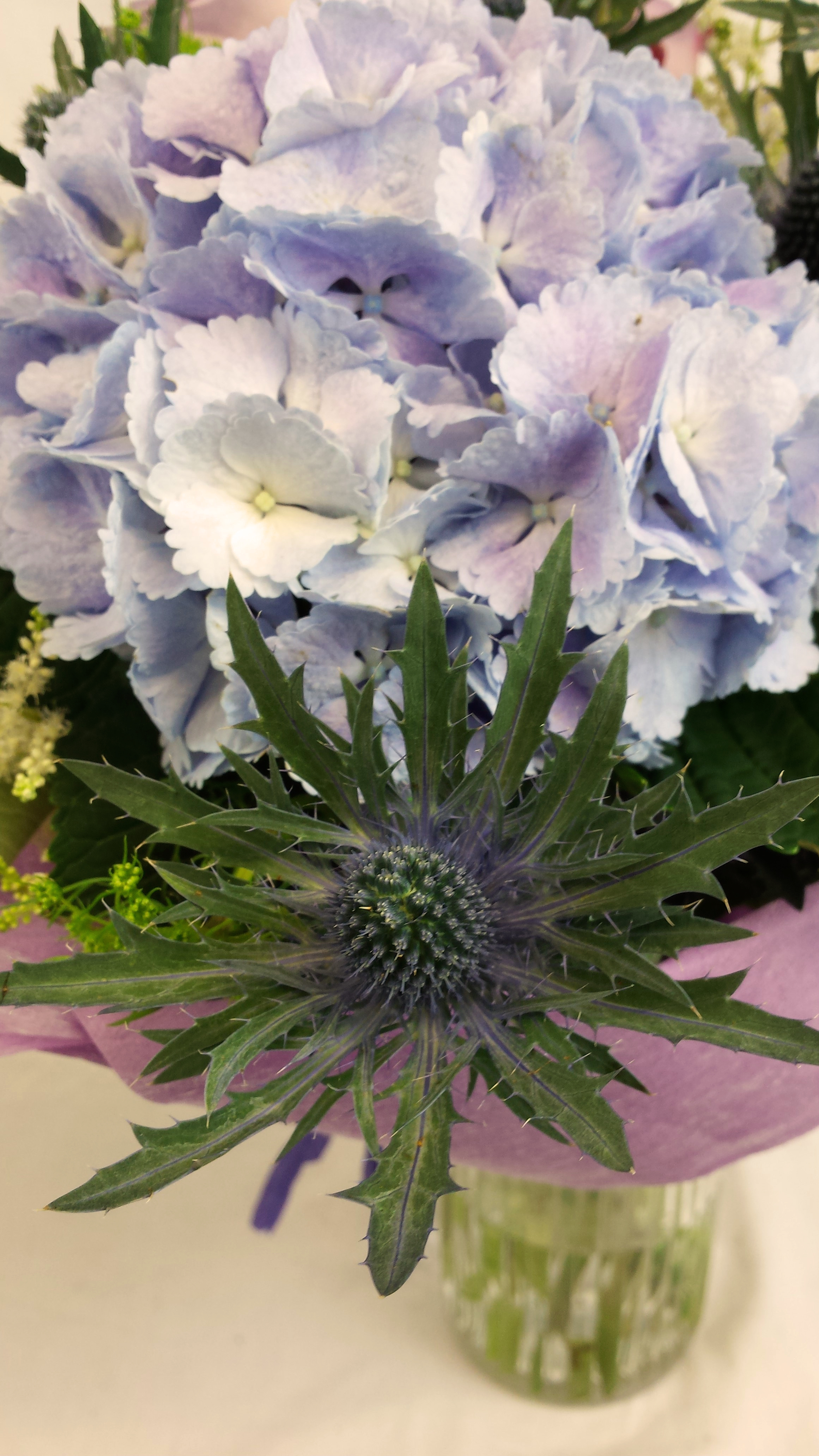
Flowers That Are Harmful To Children And Pets
We all like to think of our homes as safe places. Especially when it comes to our children and pets. Unfortunately, this is not always the case and, despite how many preventative measures we take, there are still a number of risks in the home. Something as harmless as a fresh flower arrangement or potted plant could have devastating consequences on a child or animal’s health. That’s why it’s so important to know which ones to avoid or place in out of reach areas. Before placing an order for a flower delivery, purchasing a potted plant or adding a new feature to your garden, make sure that you have all the facts first.
Flowers that are dangerous to children
Types of flowers that you should avoid include Azaleas, Caladiums, Chrysanthemums, Daffodils, Hydrangeas, Hyacinths, Irises, Jonquils, Morning Glories, and Periwinkles. They all pose a threat to little ones if ingested and, as parents already know, kids can put things in their mouths within seconds and without you knowing. Calla Lilies aren’t dangerous in themselves but their leaves and bulbs can cause skin irritation. The Oleander tree or bush is one that you should avoid no matter what. The flowers are really lovely but the plant is highly poisonous and consuming just one leaf can have deadly results.
During the holidays, there are some really popular seasonal plants that make their way into our homes. The Poinsetta, Mistletoe and Holly all pose health risks. The Poinsetta’s flowers aren’t harmful but the sap that comes from the leaves is. It can result in skin irritation and even vomiting. The berries from Mistletoe are extremely poisonous and, if you insist on using Mistletoe as part of your holiday décor, then you should remove the berries or consider using artificial Mistletoe. Remember that the holiday season brings visitors of all ages to your home. So, even if you don’t have young children of your own, you wouldn’t want a young relative or child of a friend getting sick by accident. Signs of poisoning by ingesting these berries includes vomiting, diarrhoea, heavy breathing and an increased heart rate, to name a few. Holly berries, much like Mistletoe, are also the poisonous part of the plant. It’s not as dangerous as Mistletoe but can still cause diarrhoea and vomiting.
The good news is that there are a number of flowers that are perfectly harmless which means that you can still send flowers to loved ones with children. These include Gardenias, Roses, Geraniums, Zinnias and Petunias.
Flowers that are dangerous to animals
For many of us, our furry friends are like members of our family. Animals, like children, aren’t afraid to sneak a taste of just about anything including potentially poisonous plants and flowers. Whether you are looking for flowers for yourself or you want to send flowers to a friend who owns a pet, you should steer clear of anything that could prove harmful.
As far as potted plants are concerned, examples of dangerous plants include Caladium, Dumbcane, Elephant’s Ear, Lantana and Mistletoe. Caladium, Dumbcane and Elephant’s Ear contain a kind of toxin known as oxalates. These bind the calcium in the blood and form crystals. Depending on how much is consumed, it can result in death. Lantana leaves and berries are most toxic of the entire plant and consumption can result in bloody diarrhoea and weakness. In extreme cases, death may occur between 2 and 4 days after consumption. Mistletoe berries and leaves are dangerous to animals. They can cause stomach pains, an increased pulse and diarrhoea. Death as a result is rare but still a possibility.
Another important factor to consider when purchasing flowers for yourself or a friend is the fact that it’s not always the flowers that are toxic. Take Tulips for instance. The stems and flowers are perfectly harmless while the bulbs are toxic. Some parts of Irises, Hydrangeas and certain Lilies re dangerous to animals. Consumption can result in diarrhoea, vomiting and even seizures. Roses and Carnations are ideal if you want the safest options of all.
In most cases, your pet won’t ingest a large quantity of any plant. This means that death and severe symptoms are normally quite rare but seeking medical care at your local vet is of utmost importance regardless. Just as we prepare our homes for the arrival or a new baby, so too do we need to prepare our homes for the protection and safety of our pets. Plants and flowers in your home and garden need to be pet friendly and one should always do a fair amount of research before purchasing or planting anything.

